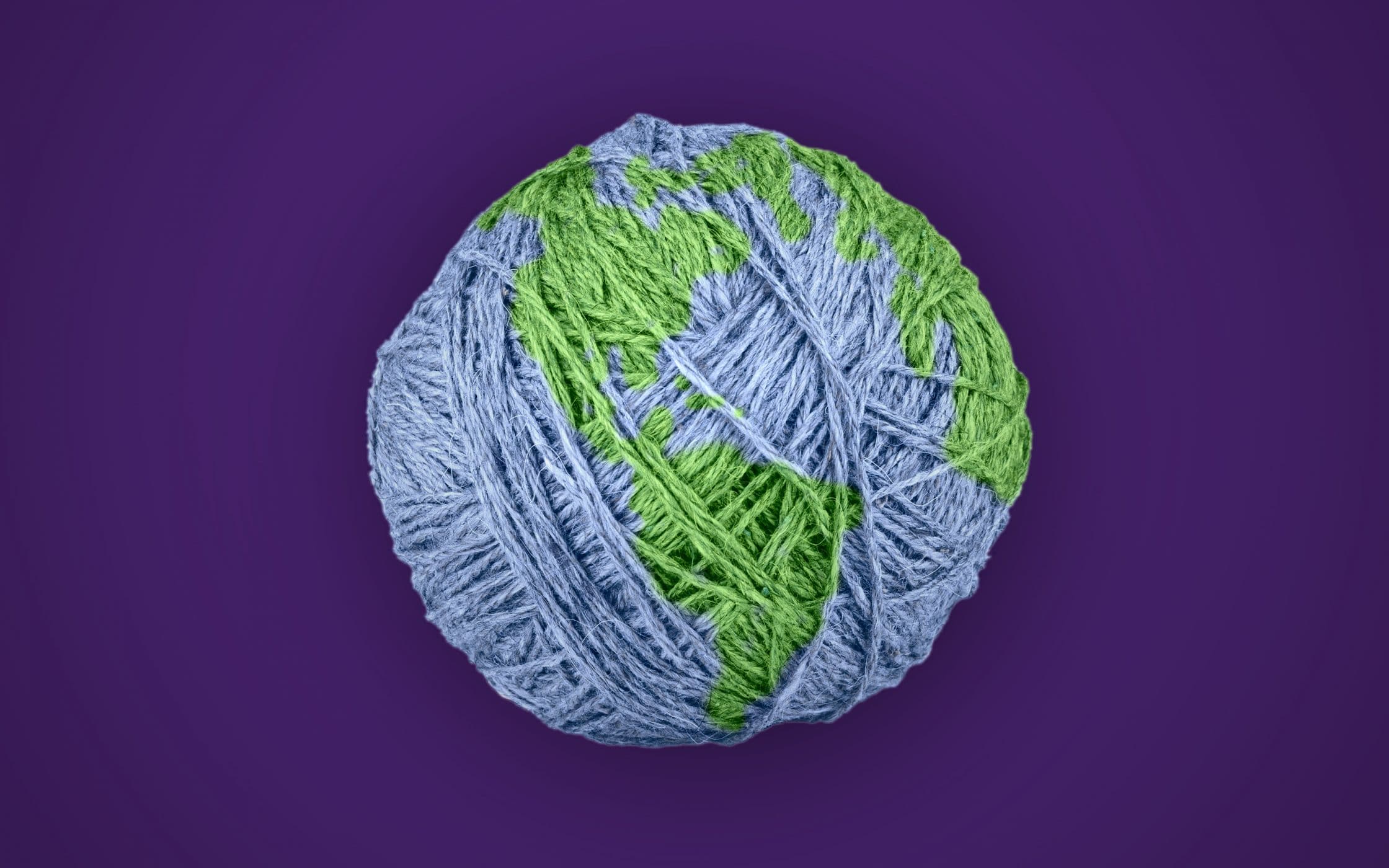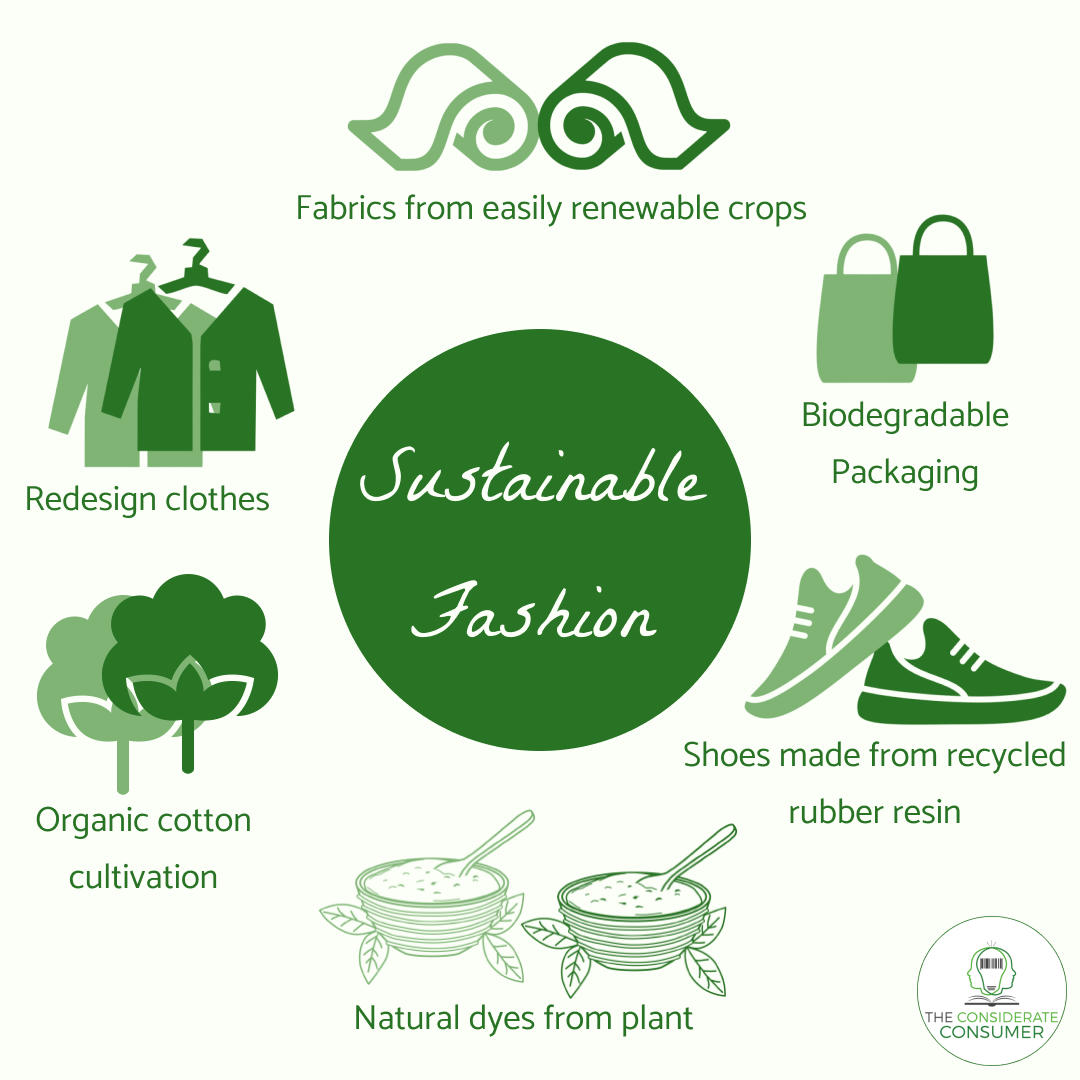Cape Town Sustainable Fashion Week: Highlighting Eco-friendly Innovations
Remain Ahead of the Curve by Checking Out Ingenious Fashion Patterns
In an industry as vibrant as fashion, remaining in advance involves even more than just adhering to present trends-- it demands an exploration of advancement. The convergence of technology and fashion declares a new age of customer interaction.

Accepting Smart Textiles
In recent times, the apparel industry has seen a transformative change with the integration of smart textiles, a cutting-edge innovation that blends technology with fabric. This evolution represents not just a combination of appearances and capability yet additionally a substantial leap towards sustainability and personalization in fashion. Smart textiles, also referred to as e-textiles, installed innovative electronics such as sensors and conductive strings within the textile, enabling garments to connect with the setting or the user.
These fabrics are made to monitor physical criteria, such as heart price or body temperature, providing real-time health and wellness analytics. Past health applications, clever textiles are also being utilized for flexible clothing, which can change color or pattern in reaction to ecological stimulations, hence offering a dynamic fashion experience.
Additionally, the advancement of energy-harvesting textiles that generate power from movement or sunshine is paving the means for self-dependent wearable technology. This innovation is attracting ecologically aware customers and designers intending to reduce the environmental footprint of style. As r & d in this field advance, wise fabrics are anticipated to end up being significantly widespread, reshaping the landscape of modern fashion with their multifunctional abilities.
The Rise of 3D Printing
Changing the manufacturing landscape, 3D printing has arised as a game-changer in the apparel industry. This advanced innovation has actually enabled developers to push the limits of creativity, generating complex and tailored garments that were previously unimaginable. By leveraging digital layout and additive manufacturing, 3D printing facilitates the creation of intricate geometries and patterns, permitting developers to trying out new appearances and structures.
A notable advantage of 3D printing in fashion is its capacity to create on-demand, reducing waste and minimizing inventory requirements. This efficiency not just maximizes production procedures yet additionally enables fast prototyping, allowing developers to bring their visions to life in a shorter timeframe. In addition, 3D printing sustains customization somewhat unmatched by standard techniques, offering customized fits and distinct designs customized to individual customer preferences.
The increase of 3D printing has additionally democratized fashion, making it available to emerging designers who can now fabricate high-quality items without considerable financial investment in typical production framework. As innovation continues to advancement, the garment industry is positioned to harness the complete capacity of 3D printing, discovering new materials and methods that will unquestionably redefine exactly how fashion is conceived and produced.
Lasting Style Technologies
As the style industry grapples with the pushing need for ecological responsibility, lasting style advancements have emerged at the forefront of transformative adjustment. The expanding understanding of ecological influence has fueled a change in the direction of more eco-conscious practices and products. Brand names and developers are currently prioritizing sustainability, incorporating approaches that lessen waste and decrease carbon impacts.
One significant advancement is the rise of circular style, which highlights recycling and upcycling to extend the lifecycle of garments. This technique not only decreases waste yet also motivates customers to embrace a much more conscious method to garments consumption.
One more breakthrough lies in the fostering of ingenious dyeing techniques that use waterless processes or all-natural dyes, therefore reducing the huge quantities of water and chemicals commonly used in textile dyeing. Moreover, advancements in biotechnology have resulted in the development of lab-grown natural leather and fabrics, providing environmentally pleasant and cruelty-free alternatives to standard products. Via these introducing initiatives, the garment industry is making purposeful strides in the direction of a more sustainable future.

Tech-Integrated Garments
Tech-integrated clothing stands for a revolutionary combination of style and technology, reshaping just how people interact with their clothes. This cutting-edge domain name is noted by the incorporation of wise fabrics and embedded digital components, improving both capability and aesthetic allure. From physical fitness trackers installed in sports apparel to heated jackets managed by means of smart device applications, tech-integrated clothing uses customers extraordinary benefit and flexibility.
Pioneering brand names are driving this fad, concentrating on producing garments that respond to ecological stimulations or user commands. For instance, some garments company website can change shade or pattern in response to temperature level shifts, while others incorporate biometric sensors to keep track of health and wellness metrics like heart rate or stress levels. The smooth assimilation of modern technology right into fabrics additionally encompasses ecological sustainability, with efforts to establish self-cleaning fabrics or garments that change to weather problems, thus reducing the demand for several layers.
Furthermore, the development of wearable technology is not simply restricted to apparel yet encompasses devices like watches and eyeglasses, more widening the range of tech-integrated style. As the sector continues to introduce, the potential for customization and customization in clothing expands, providing customers distinct, tech-enhanced style experiences that cater to their specific needs and choices.
Future of Virtual Fashion
In the last few years, the future of digital style has arised as a transformative force within the market, leveraging developments in digital innovation to redefine just how fashion is produced, experienced, and taken in. By integrating augmented reality (AR), digital truth (VR), and 3D layout devices, developers can currently craft interactive and immersive experiences that go beyond traditional style limits. Digital fashion permits for the creation of garments that exist exclusively in digital atmospheres, offering unlimited possibilities for advancement without the constraints of physical manufacturing.
This digital change not only presents opportunities for creative expression however also addresses sustainability concerns intrinsic in traditional style practices. Cape Town Sustainable Fashion. By removing the need for physical resources, online fashion reduces waste and lessens carbon footprints. Furthermore, the increase of digital fashion straightens with the increasing consumer need for distinct and customized experiences, as online garments can be tailored and tailored to individual preferences effortlessly

Conclusion
The fashion business's future hinge on the combination of innovative technologies and lasting practices - Cape Town Sustainable Fashion. Smart fabrics and tech-integrated garments are improving functionality, while 3D printing supplies chances for customization and waste reduction. Lasting fashion, via circular strategies and green products, shows a dedication to ecological stewardship. In addition, virtual fashion is positioned to redefine customer communications. pop over to these guys Adapting to these patterns is important for brand names seeking to continue to be pertinent and affordable in this rapidly progressing landscape.
In recent years, the style sector has actually witnessed a transformative shift with the combination of clever fabrics, an advanced advancement that mixes modern technology with fabric.As the fashion market grapples with the pressing requirement for ecological duty, sustainable fashion developments have actually arised at the center of transformative more helpful hints adjustment.In current years, the future of virtual style has actually emerged as a transformative pressure within the industry, leveraging advancements in digital innovation to redefine exactly how style is produced, experienced, and taken in. The increase of online fashion aligns with the increasing consumer demand for one-of-a-kind and individualized experiences, as online garments can be personalized and tailored to individual preferences with ease.
The style sector's future lies in the assimilation of ingenious modern technologies and lasting methods.